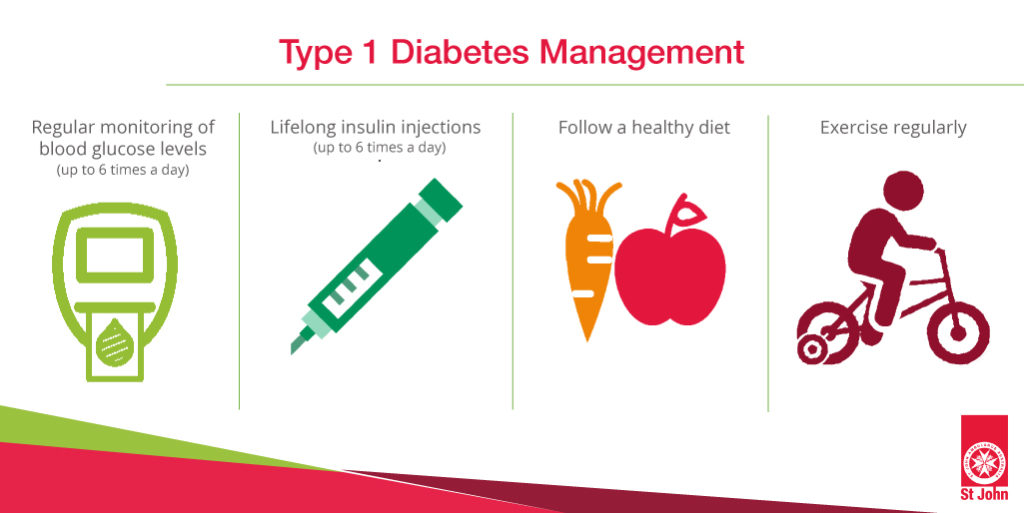

If you have prediabetes, the glucose levels in your blood are higher than normal – but not high enough to mean you have type 2 diabetes. Learn more about the risk factors for type 2 diabetes. Have polycystic ovary syndrome (when your body produces more male hormones than normal).Have given birth to a baby who weighed more than 9 pounds.Have had gestational diabetes (diabetes during pregnancy).You're also at risk for type 2 diabetes if you: Are physically active less than 3 times a week.Have high blood pressure or high LDL ("bad") cholesterol.Are African American, Alaska Native, Native American, Asian American, Hispanic or Latino, Native Hawaiian, or Pacific Islander.Have a parent or sibling with type 2 diabetes.Many things can put you at risk for type 2 diabetes. For example, gestational diabetes can make it more likely that you or your baby will develop type 2 diabetes later in life. Gestational diabetes increases the risk of health problems for you and your baby. Gestational diabetes is a type of diabetes that some women develop during pregnancy.Right now, there’s no way to prevent type 1 diabetes. Type 1 diabetes seems to be caused by a problem with the immune system (the system that helps fight infection).Having prediabetes means your blood glucose levels are higher than normal, but not high enough for you to be diagnosed with type 2 diabetes. You're more likely to get type 2 diabetes if you're overweight and inactive – or if you have prediabetes. Type 2 diabetes is the most common form of diabetes. Over time, high blood glucose can damage almost every part of your body.ĭiabetes is a chronic (long-term) condition. Instead of being used by your body, glucose builds up in your blood and your body is starved of energy. When you have diabetes, your body has trouble turning glucose into energy. Your blood carries the glucose to other parts of your body. When you eat, most of the food turns into glucose. They can increase how much insulin your pancreas makes, slow down your digestive process, and lower how much glucose your liver releases.Having diabetes means glucose (sugar) levels in your blood are too high. Injectable non-insulins are medications that mimic other hormones associated with eating and storing energy. Intermediate-acting (lasts 6 to 14 hours)Ĭombinations of short- and long-acting (lasts 24 hours) They’re categorized by how long they last in your body after you inject them: Insulins supplement your body’s lower-than-normal insulin levels. There are different types of injectable medications: insulins and non-insulins. This requires using a very small needle to inject a medication underneath the skin. You may need injectable medications as well. Sometimes, these medications are not enough to keep your blood sugar down. There’s also a type of inhaled insulin that you can use alongside a long-acting injectable insulin. There are a number of different types of oral medications, and some people take more than one. Oral medications help your body make more insulin, or respond better to your existing insulin. When you need medications to help control your blood sugar levels, there are two main categories: oral medications and injectable medications. Your care team will help you figure out the right treatments for you. It is common that your treatment plan will change over time as your body’s insulin needs change. Your provider may add medications if and when you need them. Injectable insulins and injectable non-insulins that supplement the body’s lower-than-normal insulin levels and help it work better Oral medications that help you respond better to your body’s existing insulin There are two main categories of medications for Type 2 diabetes: More often, lifestyle changes are combined with medications. Some lifestyle changes that are helpful for most people diagnosed with Type 2 diabetes include:įor some people, lifestyle changes are enough to keep their blood sugar levels well controlled. Type 2 diabetes treatment often is a combination of helpful lifestyle changes as well as medications.


 0 kommentar(er)
0 kommentar(er)
